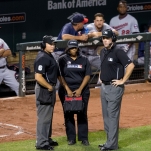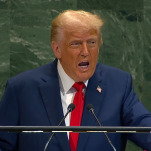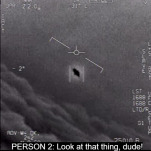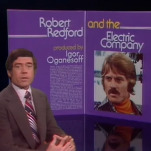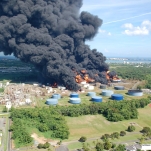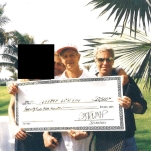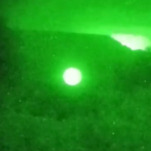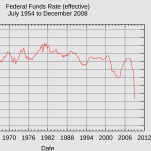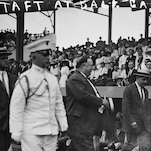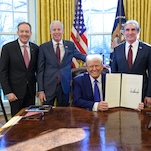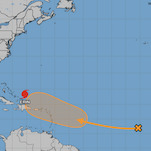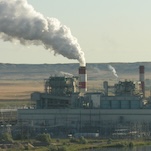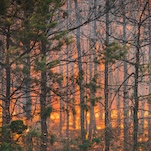Giant Rats Save Lives in Africa
Land mines and tuberculosis are two of the deadliest problems on the planet. Bart Weetjens has the same solution for both of them: Rats.
When he was a college student at the University of Antwerp, Weetjens traveled to Africa and analyzed issues with global land mine detection. At the time, dogs were frequently used to sniff out land mines, but they posed their own set of issues: They were susceptible to tropical diseases, and they were heavy enough to sometimes set off the land mines as they searched. Dogs also formed strong bonds with their trainers, which made it difficult for multiple handlers to work with the same animal. As an engineer and life-long owner of pet rats, Weetjens realized rodents were much better suited to the task. Like dogs, rats are easy to train and have a powerful sense of smell. Rats are smart, cheap to acquire and exist almost everywhere in the world.
After conferring with a rodent expert at the University of Antwerp, Weetjens settled on the African giant pouched rat as the ideal candidate for his study. Weighing in at 2-3 pounds, the rats are light enough that they can stand on a land mine without detonating it. Since the breed is native to Africa, they’re well-suited to the environment and immune to most endemic diseases. Unlike some other species of rats, they don’t form attachments with a specific trainer, so they can easily go between handlers. They live up to 8 years and are cheap to house and feed. African giant pouched rats in particular are very calm and enjoy doing repetitive tasks in exchange for food rewards.
Weetjens launched the APOPO project in 1997. Today, APOPO trains so-called HeroRATs to sniff out land mines in Tanzania, Mozambique, Thailand, Angola, and Cambodia. The rats learn to smell unexploded TNT and scratch at the ground whenever they detect it. A single rat can search approximately 400 square meters per day. It would take a human two weeks to cover the same amount of ground. In Mozambique alone, the HeroRATs have detected nearly 3,000 undetonated land mines.
-

-

-

-

-

-

-

-

-

-

-

-

-

-

-

-

-

-

-

-

-

-

-

-

-

-

-

-

-

-

-

-

-

-

-

-

-

-

-

-

-

-

-

-

-

-

-

-

-

-

-

-

-

-

-

-

-

-

-

-

-

-

-

-

-

-

-

-

-

-

-

-

-

-

-

-

-

-

-

-

-

-

-

-

-

-

-

-

-

-

-

-

-

-

-

-

-

-

-

-

-

-

-

-

-

-

-

-


